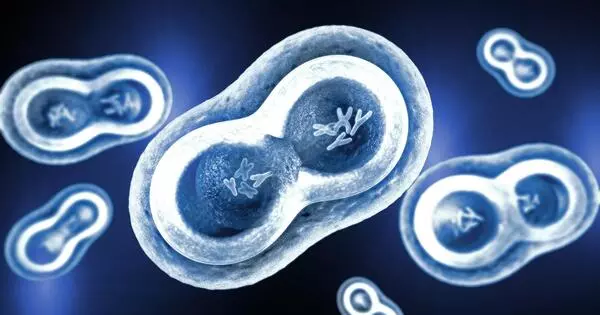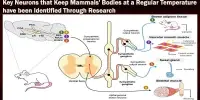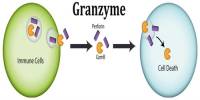Cell growth is the expansion of the size and/or number of cells in an organism. It refers to an increase in a cell’s total mass, which includes cytoplasmic, nuclear, and organelle volume. It is a fundamental process in the development, maintenance, and repair of living organisms’ tissues. To ensure proper functioning and balance within the organism, various molecular and genetic mechanisms tightly regulate cell growth.
Cell growth occurs when the overall rate of cellular biosynthesis (the production of biomolecules or anabolism) exceeds the overall rate of cellular degradation (the destruction of biomolecules via the proteasome, lysosome, or autophagy, or catabolism). Cell growth should not be confused with cell division or the cell cycle, which are separate processes that can occur alongside cell growth during the process of cell proliferation, in which a cell, known as the mother cell, grows and divides to produce two daughter cells.
Importantly, cell division and growth can occur independently of one another. Cell divisions occur repeatedly without cell growth during early embryonic development (cleavage of the zygote to form a morula and blastoderm). Some cells, on the other hand, can grow without cell division or progression through the cell cycle, such as neurons during axonal pathfinding during nervous system development.
There are two main types of cell growth:
- Hyperplasia: This refers to an increase in the number of cells. It often occurs during development or in response to stimuli such as injury or infection. Hyperplasia is a normal and controlled process in tissues that need to regenerate or repair themselves.
- Hypertrophy: This involves an increase in the size of existing cells without a significant increase in cell number. Hypertrophy is common in muscle cells, for example, during exercise or in response to certain hormonal signals.
Tissue growth in multicellular organisms rarely occurs solely through cell growth without cell division, but rather through cell proliferation. This is due to the fact that a single cell with only one copy of the genome in the cell nucleus can perform biosynthesis and thus grow at half the rate of two cells. As a result, two cells grow (accumulate mass) twice as fast as a single cell, and four cells grow four times as fast. Because of the exponential increase in cell number, this principle causes an exponential increase in tissue growth rate (mass accumulation) during cell proliferation.
The cell cycle is a series of events that occur as a cell grows and divides. It has several phases, including the interphase (G1, S, and G2) and the mitotic phase (M). In preparation for cell division, the cell grows, performs cellular functions, and replicates its DNA during interphase. Cell division occurs during the M phase, when the nucleus and cytoplasm of the cell divide to form two daughter cells.
Regulators of the cell cycle, such as cyclins and cyclin-dependent kinases (CDKs), ensure that the cell progresses through the cycle in a coordinated and regulated manner. Cell growth and cell cycle dysregulation can result in a variety of diseases, including cancer.
















